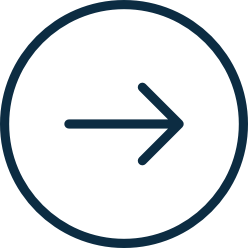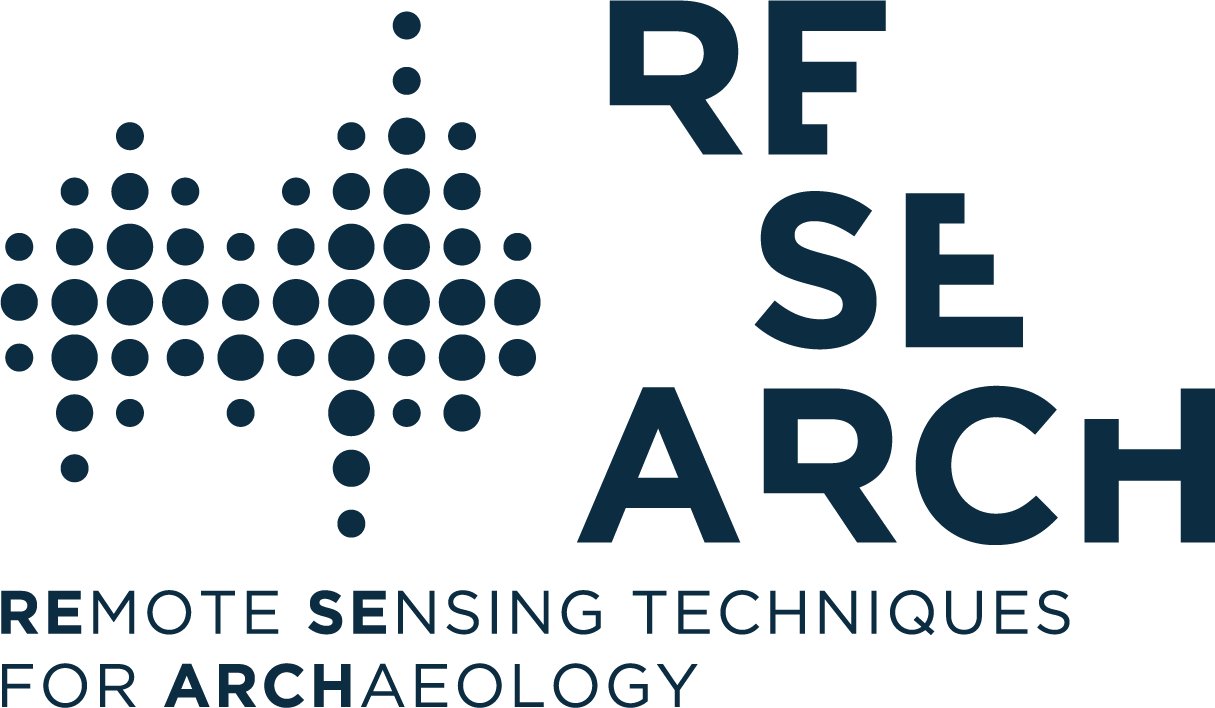The ultimate scope of RESEARCH project is the creation of a Thematic Platform able to manage the risk assessment methodology designed by RESEARCH, which is based on the combination of hazards and vulnerability maps for the generation of final risk maps, within a GIS environment.
The GIS Platform will manage the results of remote sensing data processing chains and data collected in field campaigns related to environmental data, and archaeological data coming from different types of investigative activities. It has been designed in order to be able to automatically transform the output data of the environmental and archaeological data processing chains into hazard maps and vulnerability maps by the application of specific rankings, and then, by combining them through a further automatic processing, to generate final risk maps.
In respect to soil erosion, land movement and land use change, rankings will be defined on the basis of local average measures. Archaeological vulnerability parameters are defined accordingly to the hazards considered and the characteristics of archaeological records, collected within a specifically designed Archaeological Database. The intermediate and final products of the GIS Platform will be shown in the RESEARCH Web Portal, which will allow the visualization and dissemination of procedures and results, through a user-friendly interface. Open-source software tools are preferred whenever possible, such as QGIS, Python, and PostgreSQL.
Software analysis, design, development, and validation of the Web-GIS Platform provide justification for secondments among partners, even if the COVID-19 Pandemic, and the related travel restrictions enact to contain the spread of the virus, affected the regular implementation of secondments during 2020.
WORK PACKAGE
LAND MOVEMENT
Land movement, also mass movement or mass wasting, indicates the downslope movement surface materials, such as soil, rock, or mud.
SOIL EROSION
Soil erosion is a natural phenomenon of soil loss manly due to water runoff and wind.
LAND USE CHANGE
Coastal erosion, agricultural activities, urban sprawl, uncontrolled vegetation growth are only some of the factors provoking land use change.
CASE STUDIES
Falerii Novi (Italy); Amathous (Cyprus); Almyriotiki (Greece); Itanos (Greece); Vaitsi Mill (Greece); Slawno-Darlowo area (Poland) in particular: Darlowo monastery, Cisowo, Dzierzecin.
